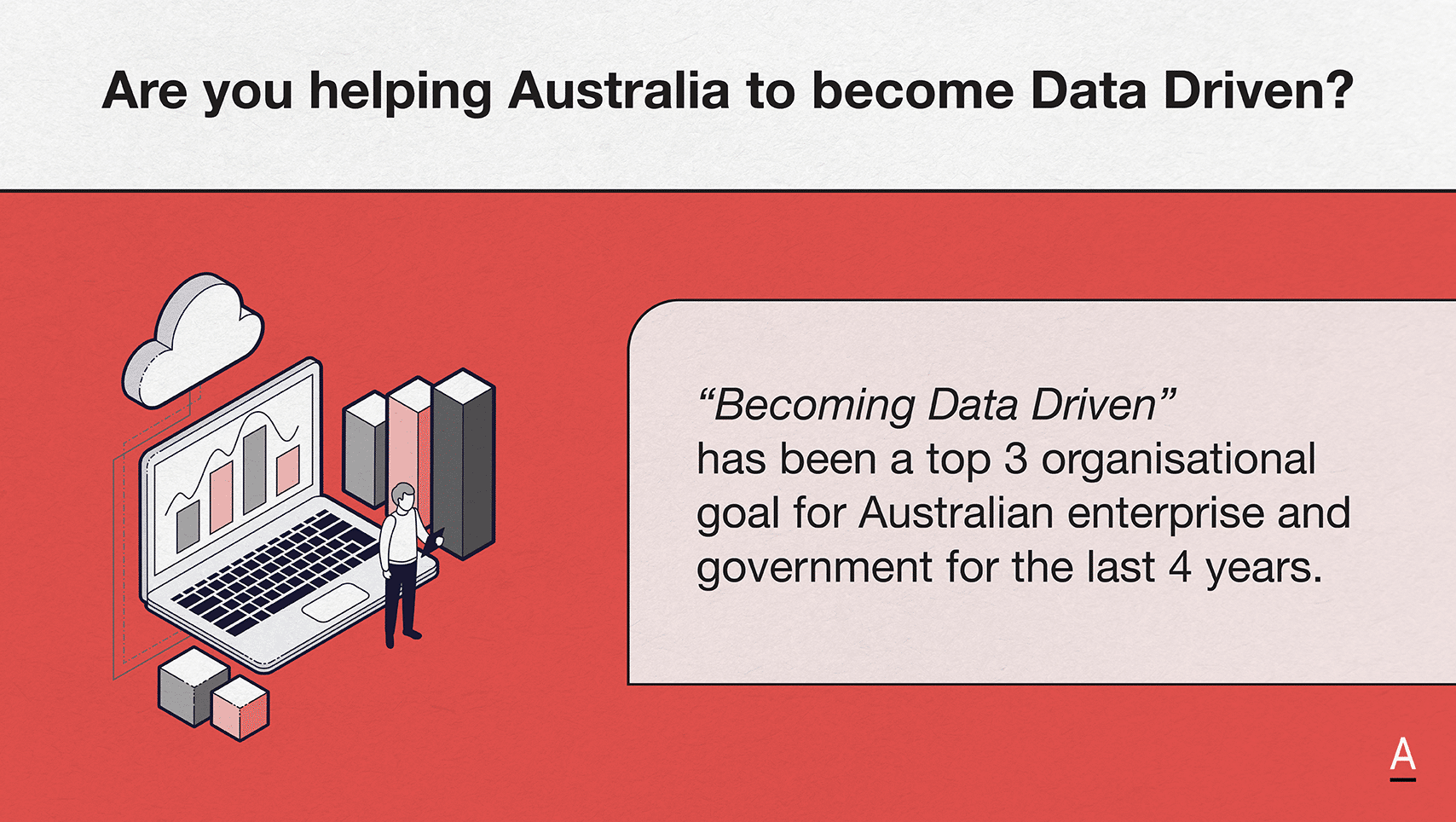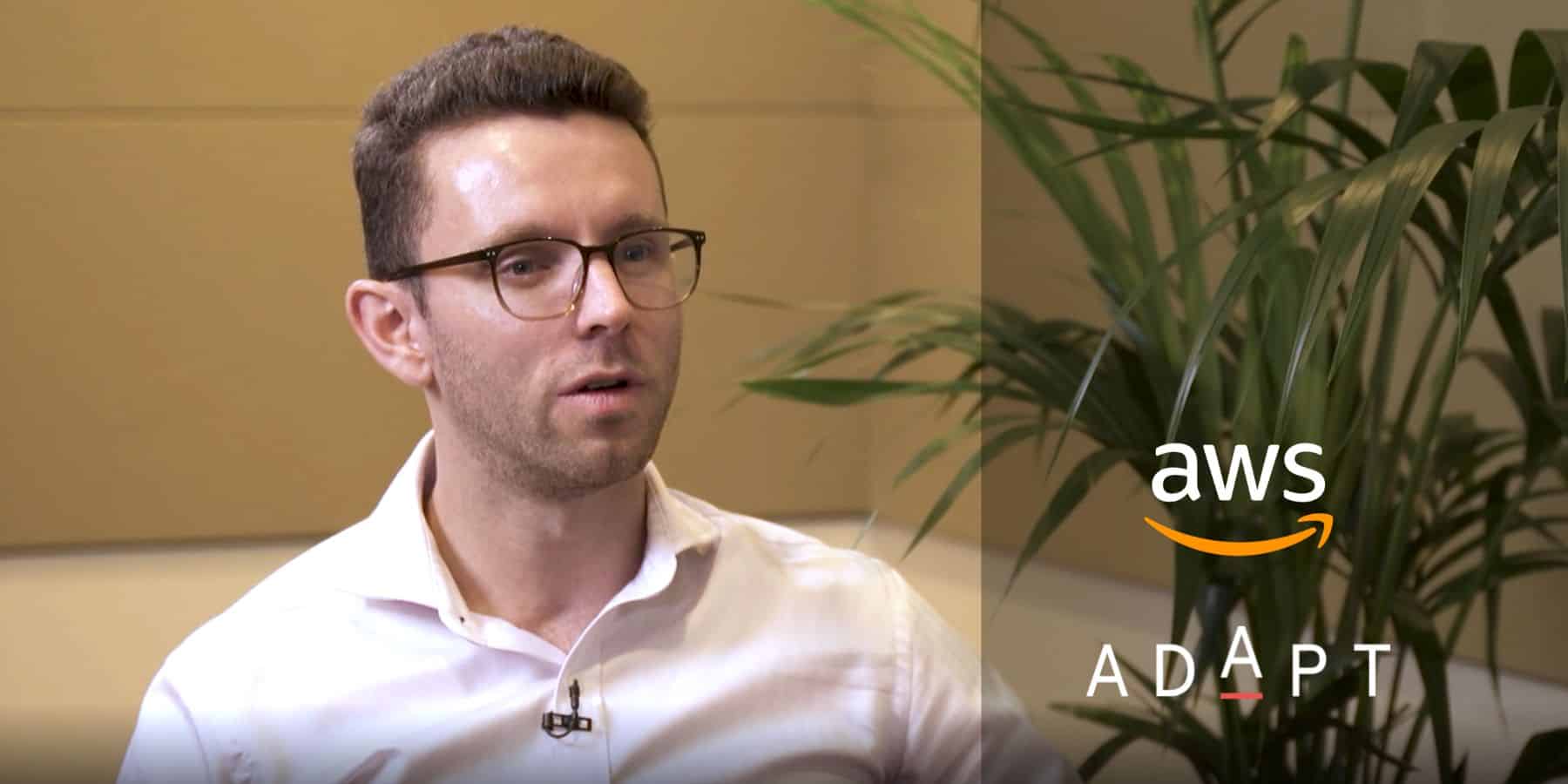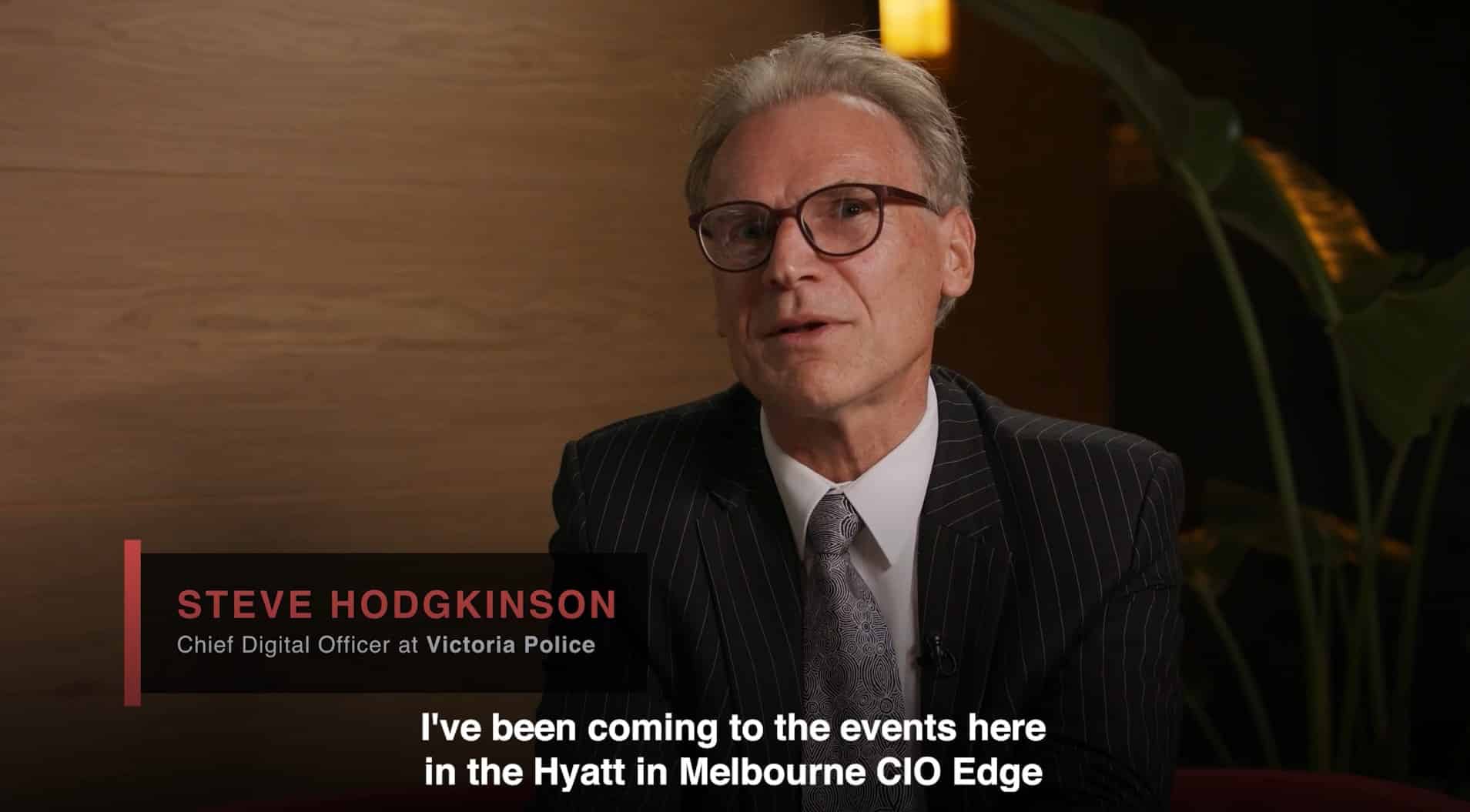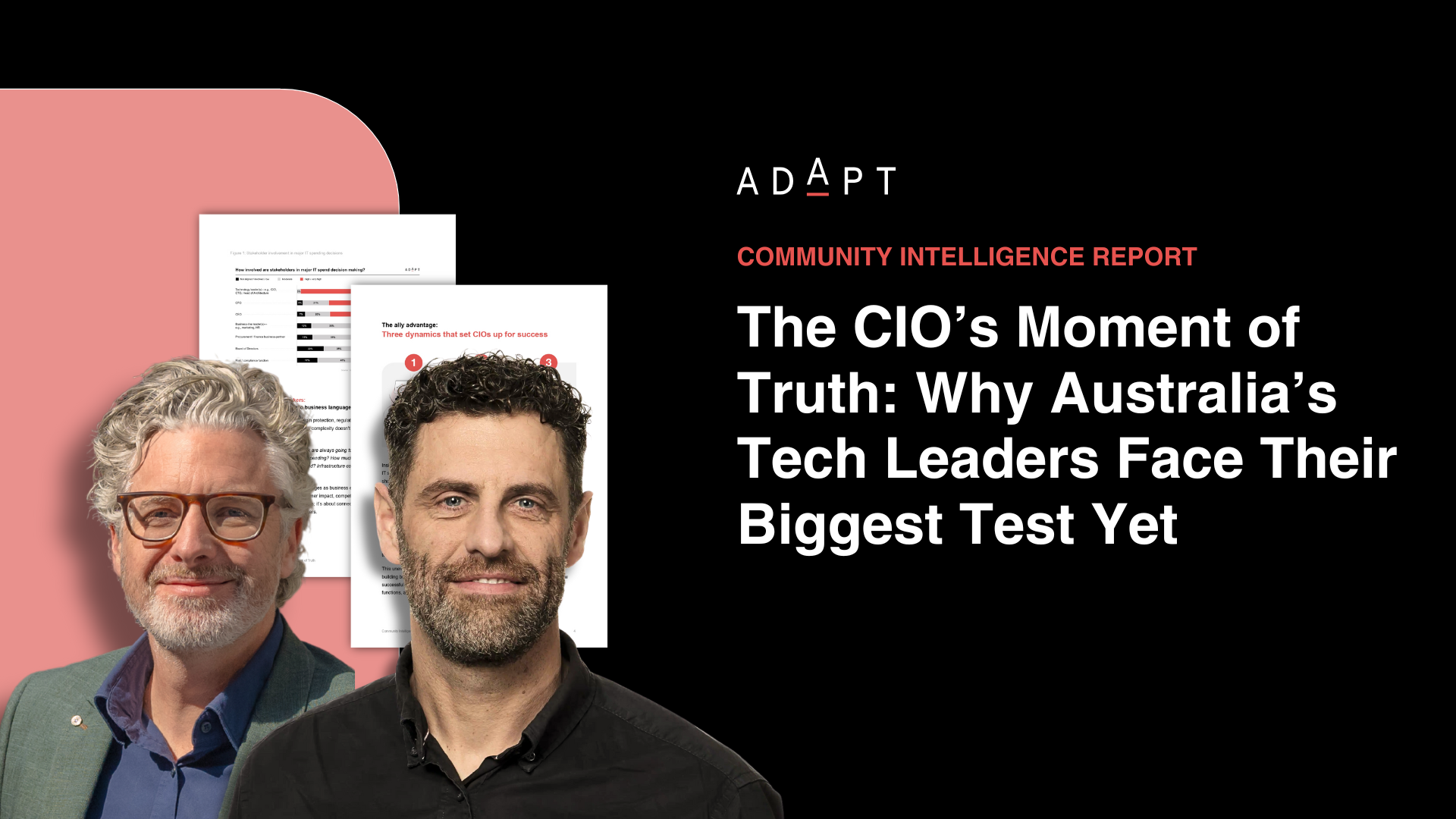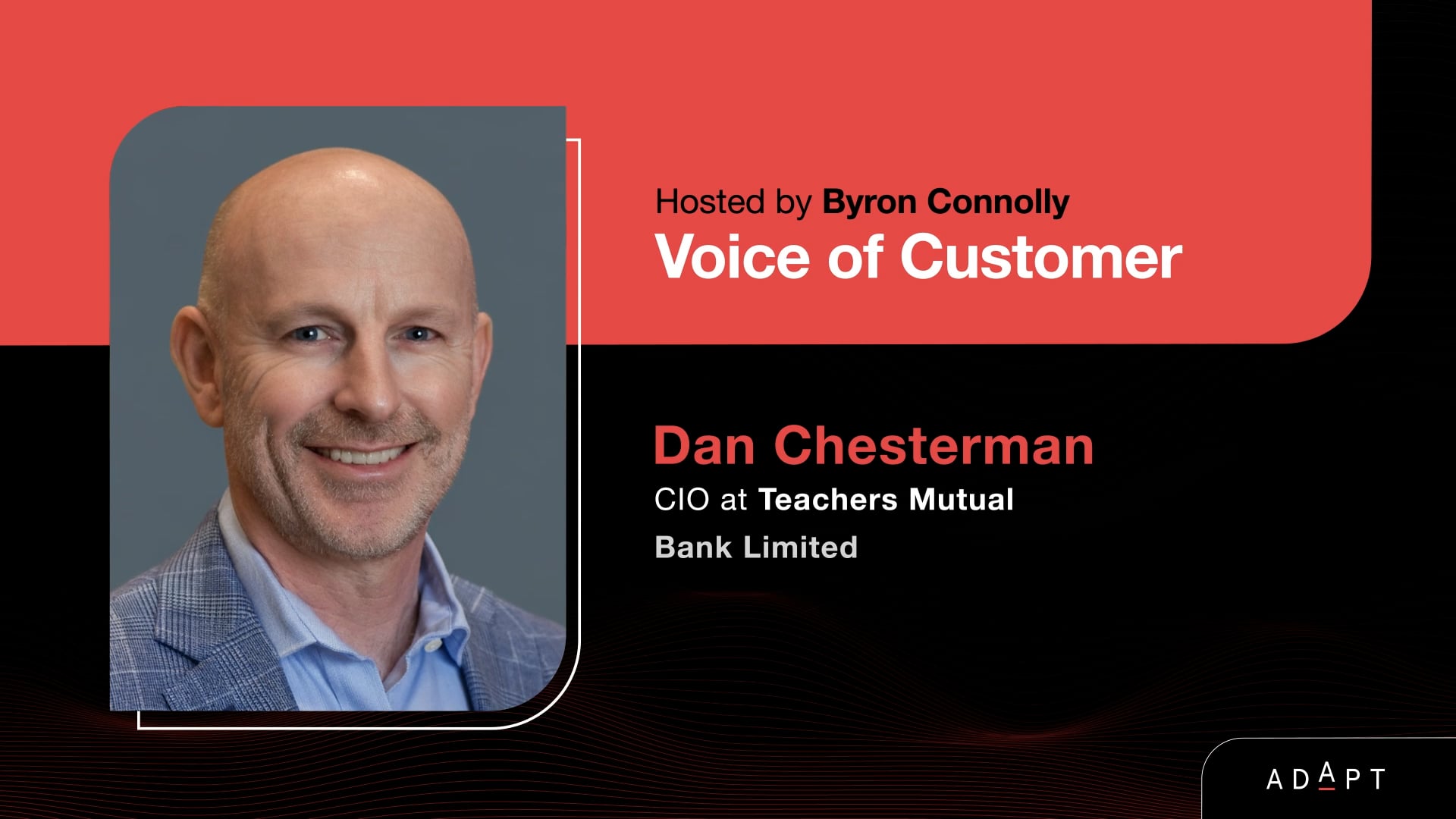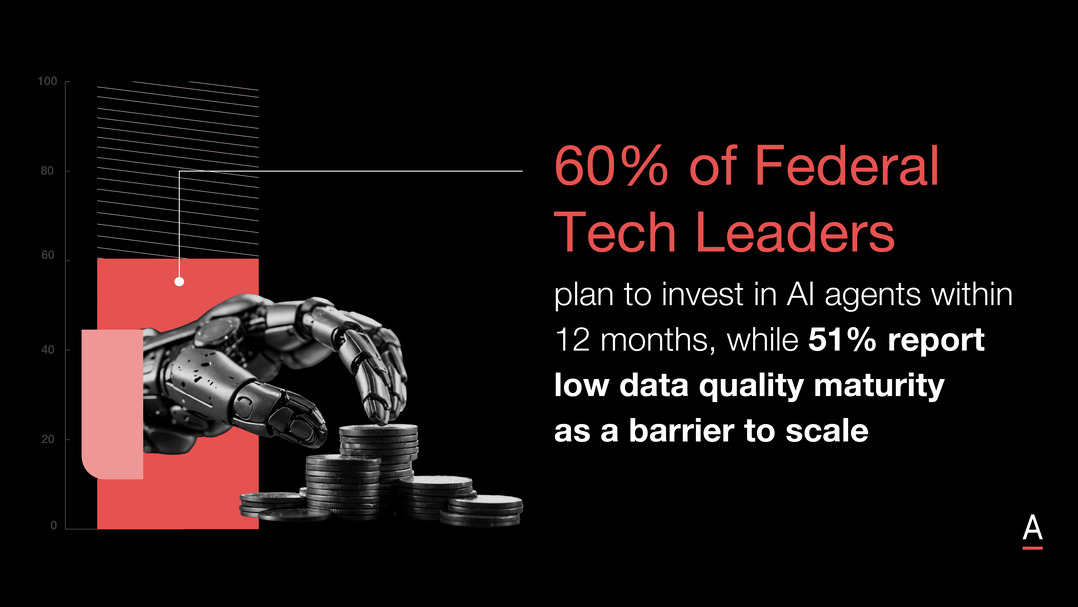How can tech leaders elevate their influence and lead with strategic clarity?
At the recent ADAPT CIO Network Effect, 33 senior technology leaders gathered to reflect on how to lead with more authority, visibility, and strategic impact.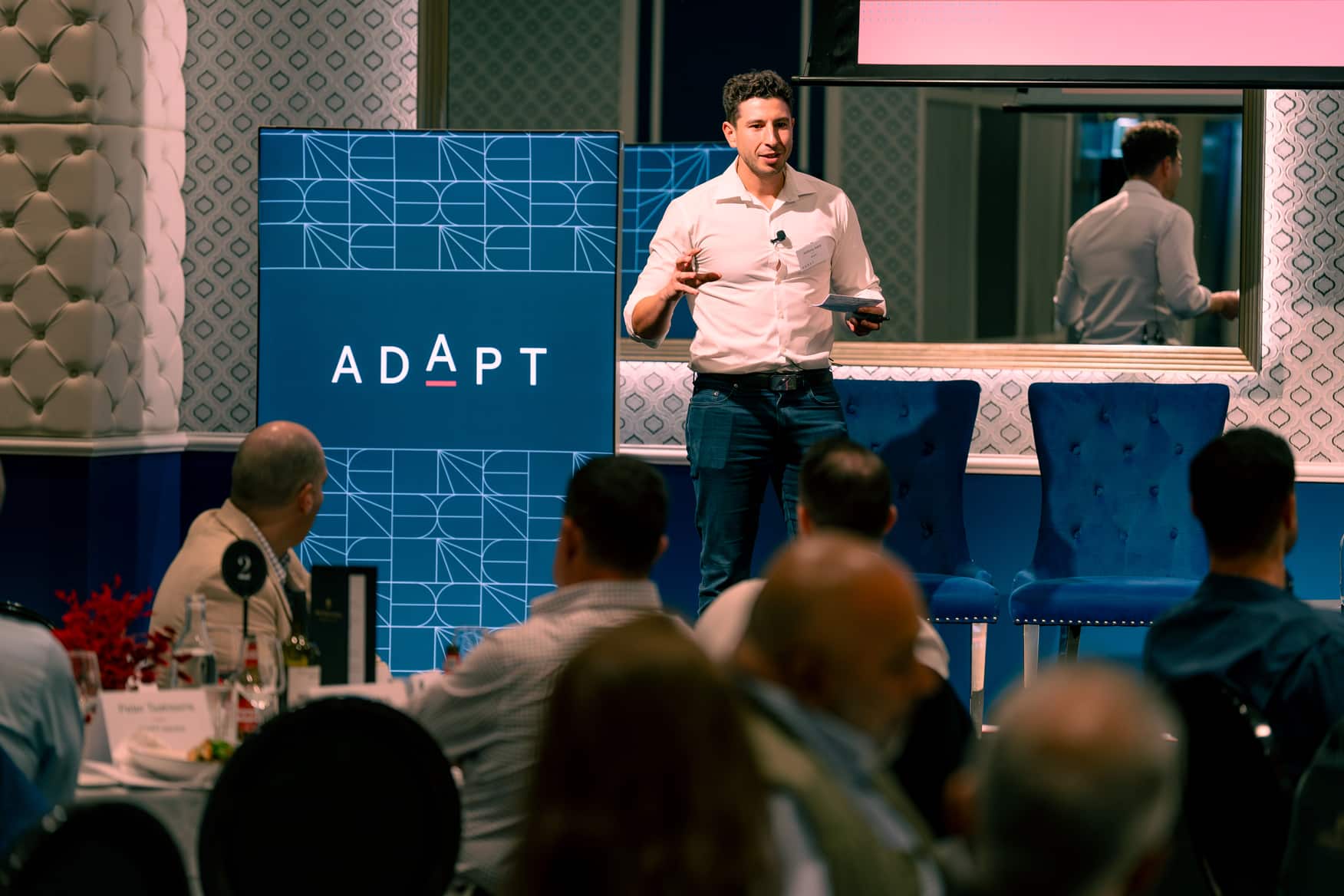
At the recent ADAPT CIO Network Effect, 33 senior technology leaders gathered to reflect on how to lead with more authority, visibility, and strategic impact.
Business-critical transformations are moving faster, becoming broader in scope, and increasingly defined without input from the technology leaders expected to deliver them.
As CIOs face compressed timelines and rising expectations, influence can no longer be passive or assumed.
Leading with authority now means stepping into strategic conversations early, translating complexity into clarity, and aligning execution with enterprise priorities.
With programs increasingly handed down by boards and little room to shape direction, CIOs must rethink how they align, communicate, and deliver.
This closed-door gathering provided a reset.

Across three focused sessions, participants heard how to simplify the transformation agenda, improve executive presence, and future-proof leadership teams to operate with confidence in 2025 and beyond.
Simplify strategy to accelerate performance
Tobias Byron, Founder and Director at Byron Partners, challenged CIOs to take control of execution by removing friction, reducing portfolio clutter, and tying every program to enterprise value.
Drawing from his experience at AWS, CBA, and Macquarie, he reframed the CIO’s role as an enterprise simplifier, someone who speeds up business outcomes by eliminating misaligned initiatives and enforcing clarity at every level.
He said CIOs must stop tolerating organisational drag caused by redundant efforts and lack of direction.
Instead, they should focus execution on fewer, faster programs that deliver measurable impact. He explained that clarity enables velocity, not governance layers or additional frameworks.
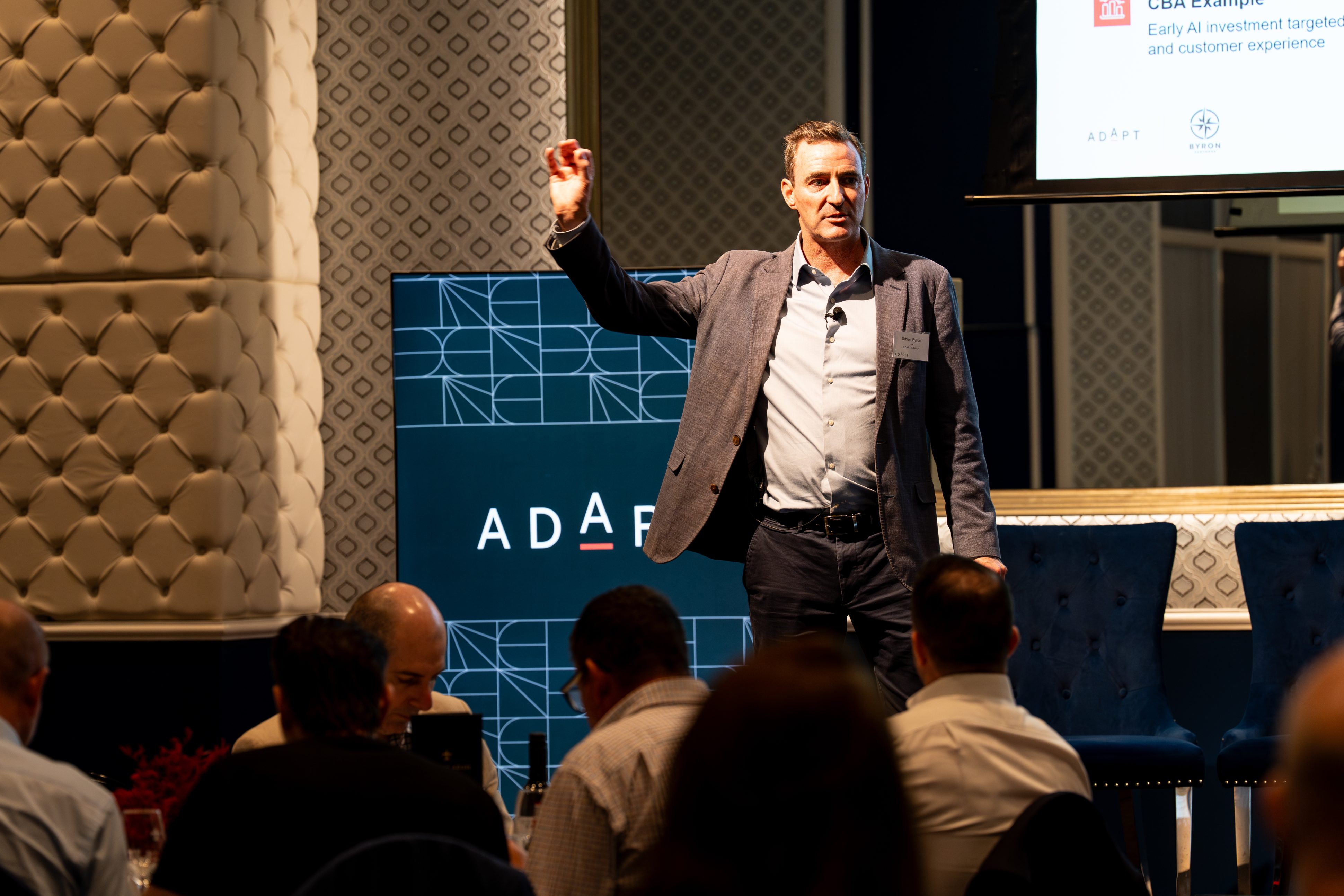
Tobias outlined a leadership model rooted in unambiguous accountability, calling on CIOs to assign empowered ownership of critical initiatives to individual leaders with end-to-end responsibility.
Flattening hierarchy, he explained, prevents dilution of execution and ensures decisions happen closer to where the work gets done.
Shifting focus to communication, Tobias emphasised the importance of business-first language and simplified narratives.
He encouraged CIOs to move away from dense technical framing and instead describe transformation through outcome-based stories, clear metrics, and future-state scenarios.
Short-form documents, not lengthy decks, should guide executive conversations.
Boards, he reminded the room, back clarity, not complexity.
He closed by urging CIOs to remain close to the highest-impact work and to lead with visible, decisive presence.
Authority, in his view, comes from clarity, ownership, and showing up where it matters most.
Presence, he said, is what builds credibility, not dashboards or delegated influence.
Build credibility through alignment, not ownership
In a panel session led by ADAPT’s Joey Meynink, Senior Manager, Strategy & Growth, two experienced enterprise leaders explored how CIOs can expand their influence by aligning more closely to business priorities and leadership expectations.
Sheridan Ware, former Chief Information and Technology Officer at Charter Hall, described how she reshaped her leadership approach by hiring a CIO under her.
She said this move was about scaling capability, not reducing scope.
It allowed her to focus on strategic alignment while a trusted leader managed technology operations.

Pete Trakissiris, former Chief Digital Officer at DXCX and Gartner Executive Partner, reinforced the importance of hiring for mindset, not just skillset.
He said aligning talent to purpose, curiosity, and shared values helps CIOs build teams that deliver transformation with speed and cohesion.
Sheridan explained how her team built influence by mapping capabilities across people, process, and platforms, helping executives see how technology underpinned strategic outcomes.
She said embedding digital leaders into business units fostered ownership and positioned IT as a proactive partner rather than a downstream function.
The discussion highlighted how influence is built by co-creating strategy with peers.
Sheridan shared how a multiyear push to secure investment in data foundations failed until reframed as a shared business enabler.
When stakeholders co-authored the vision, they also became its champions.
Pete expanded on the role of presence in leadership.
He said CIOs must stay visible in high-stakes programs and lead through ambiguity.
Active engagement, especially where business impact is unclear or contested, is where credibility is earned.
He added that CIOs must model outcome-focused conversations and help others shape direction through better framing and shared ownership.
The session closed with a call to step beyond control and focus instead on building alignment through visibility, shared purpose, and business fluency.
Prepare your teams for the intelligence era
To close the afternoon, Andy Foster, Advisor at ADAPT and a leadership coach with experience in the military, consulting, and executive development, led a hands-on workshop exploring how CIOs can build match-fit leadership teams ready for what comes next.
Andy described how organisations are entering the intelligence era, defined by AI, automation, and interconnected decisions.
He said CIOs must prepare teams who can lead in this environment, not just execute tasks, urging leaders to move beyond enterprise silos and build systems thinkers who understand how change in one area affects the whole.
He asked participants to assess capability gaps.
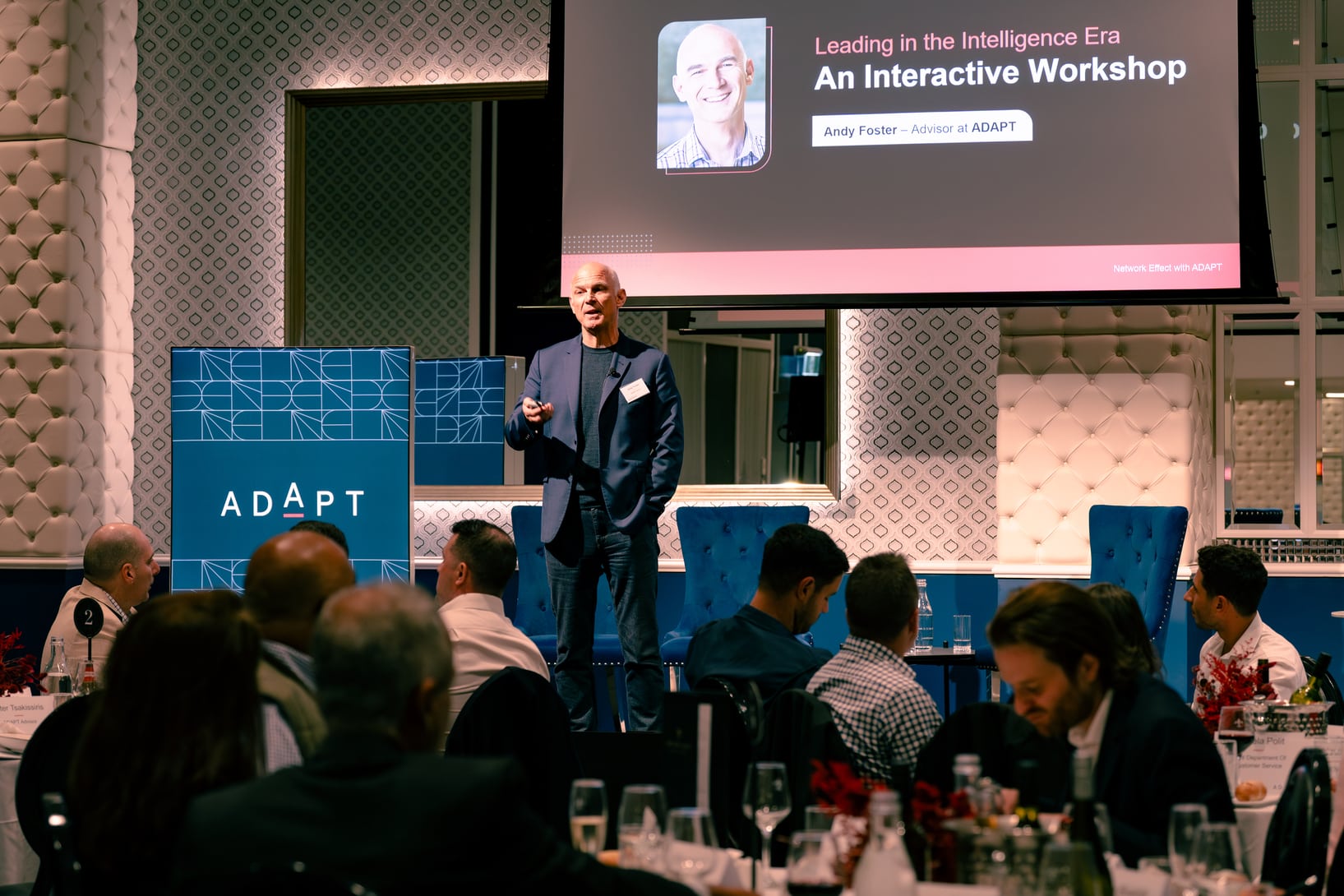
Many cited limited commercial fluency, lack of ethical framing for AI, and low stakeholder confidence among their technology teams.
Andy stressed that these gaps can’t be filled through sporadic training.
Leadership readiness must be developed deliberately and proactively, not reactively after disruption arrives.
Focusing on culture, he said teams must build trust through cross-functional engagement, co-design solutions with business peers, and learn to communicate in the language of revenue, cost, and risk.
He emphasised curiosity as a defining trait of future-ready teams and reminded the group that high performance depends on psychological safety, shared ownership, and distributed leadership.
Andy concluded by reinforcing that CIOs are responsible not just for delivery but for building collective leadership.
Readiness, he said, must be built ahead of disruption, not in response to it.
A roadmap for CIOs to lead with strategic clarity in 2025
To lead effectively in 2025, CIOs must evolve from operational guardians to business-focused enablers.
With the pace of enterprise transformation accelerating and boards expecting outcomes, CIOs must recalibrate how they align priorities, lead teams, and communicate value across the organisation.
- Eliminate low-impact activity by tying every initiative to a specific business priority such as risk reduction, operational efficiency, or strategic growth.
- Create the space to move faster by cancelling or consolidating redundant or unclear programs.
- Prioritise fewer, faster initiatives that deliver measurable outcomes.
- Sharpen executive engagement by leading with simplified business narratives that speak to revenue, cost, and risk.
- Avoid technical jargon and focus on future-state value.
- Build compelling business cases using clear outcomes, structured trade-offs, and success metrics that inspire investment and confidence from peers and boards.
- Shift from reactive delivery to proactive influence by embedding digital leadership directly into business units and strategic workflows.
- Train teams to understand how the business makes and protects value, enabling them to co-design transformation alongside stakeholders.
- Invest in leadership depth by closing gaps in systems thinking, commercial literacy, AI governance, and ethical framing through targeted development.
- Foster co-ownership by developing shared KPIs and building transformation plans with business stakeholders, allowing others to lead execution and adoption.
By focusing on clarity, presence, and shared ownership, CIOs can reposition themselves as enterprise leaders.
The expectation is no longer to support from the edge but to drive strategic outcomes from the centre, shaping the business agenda with speed, simplicity and authority.




